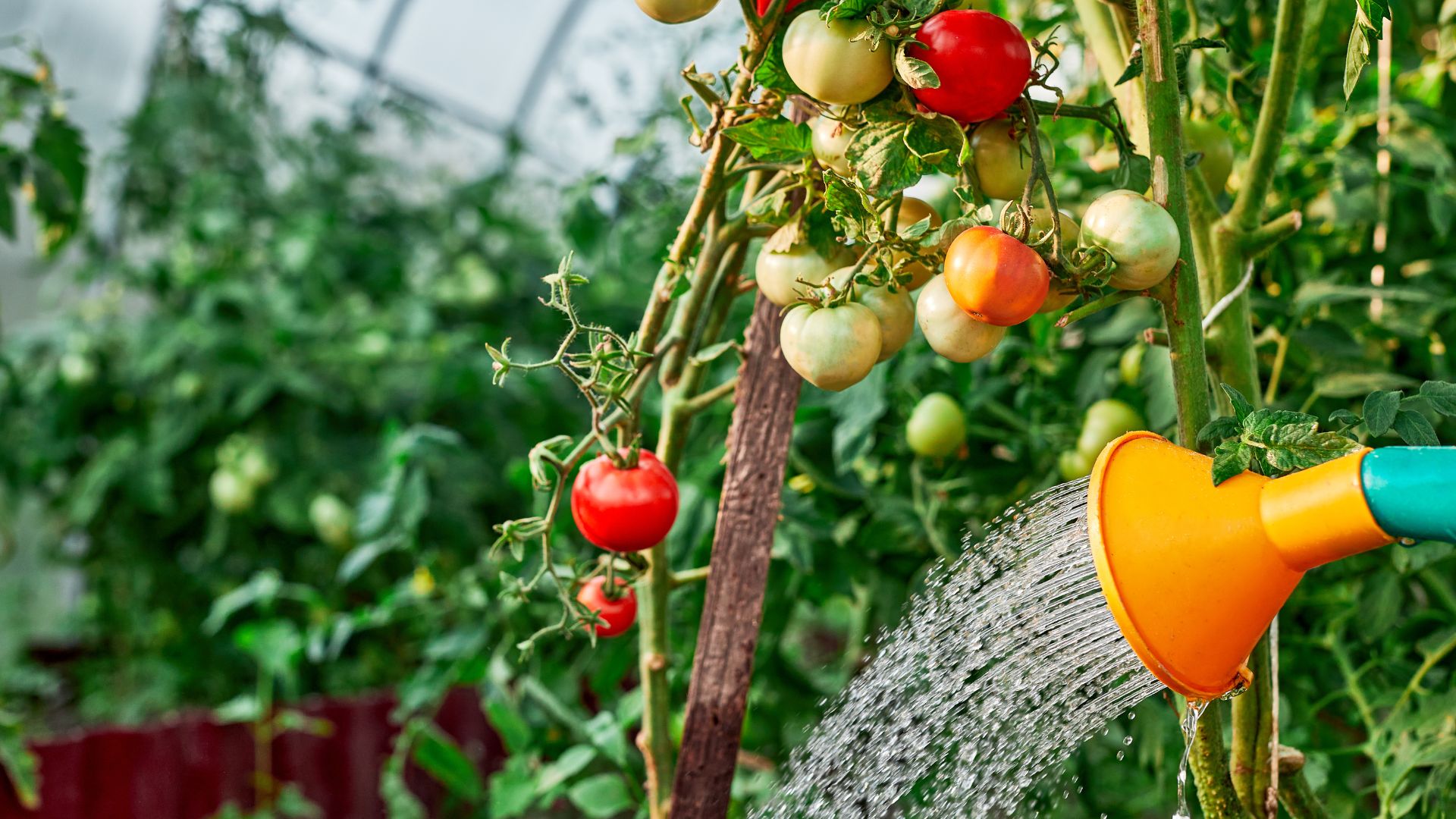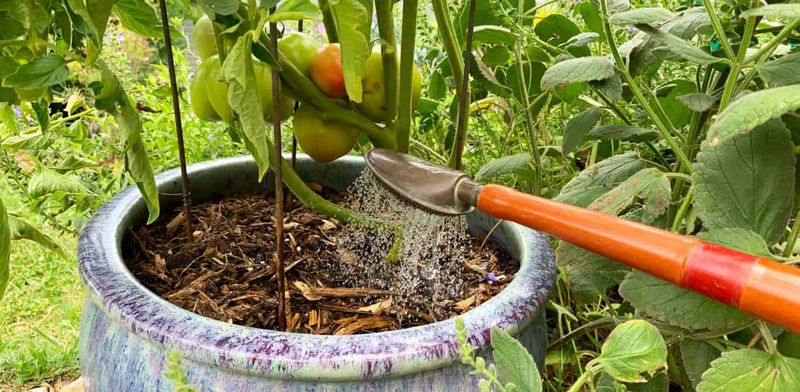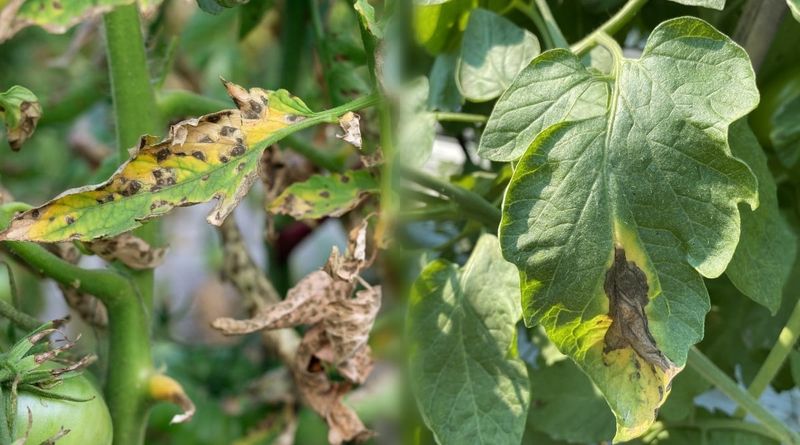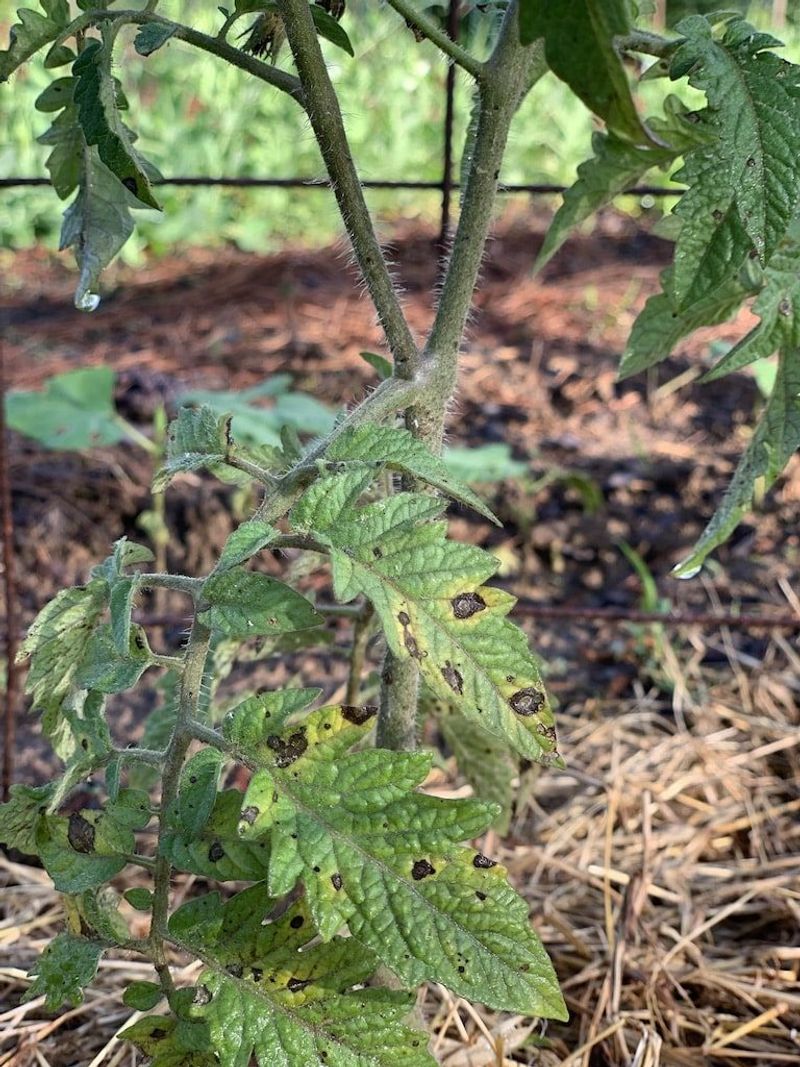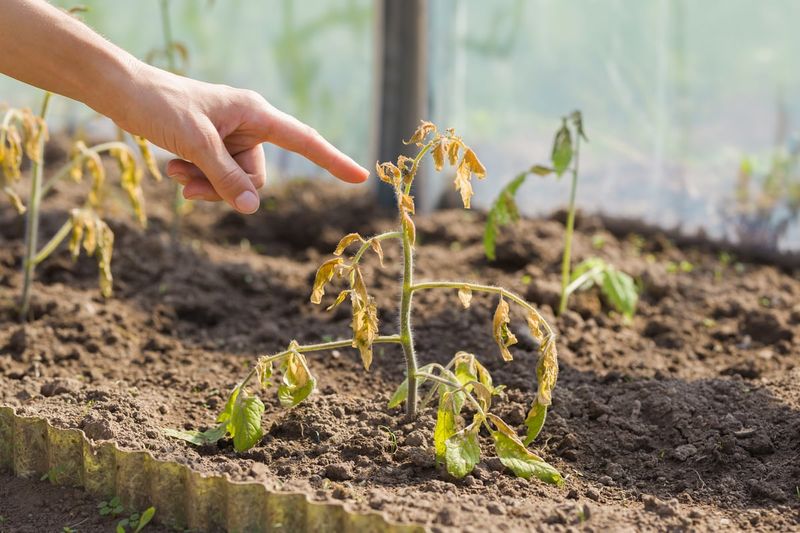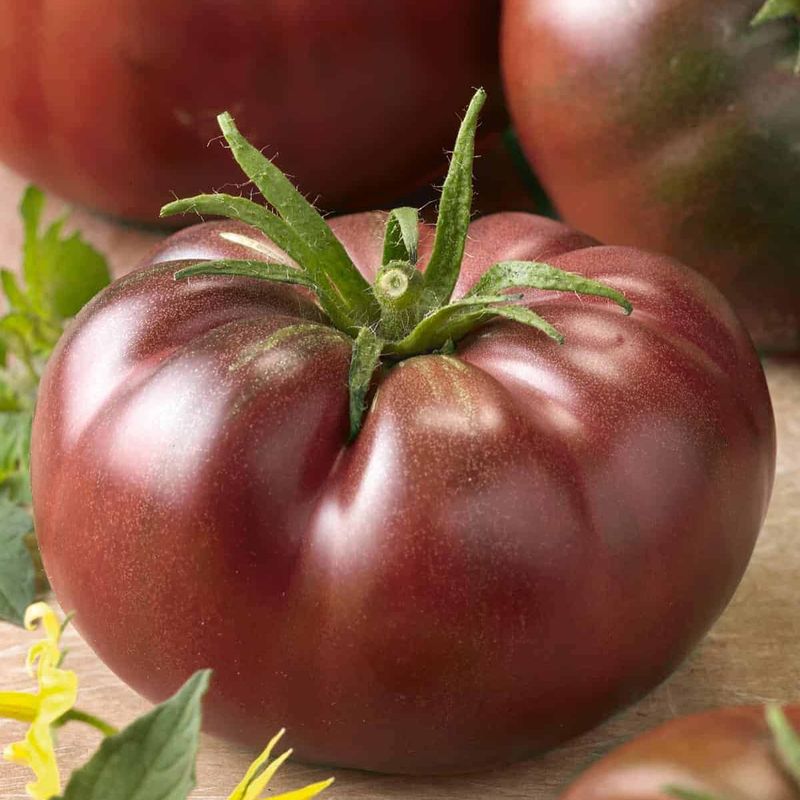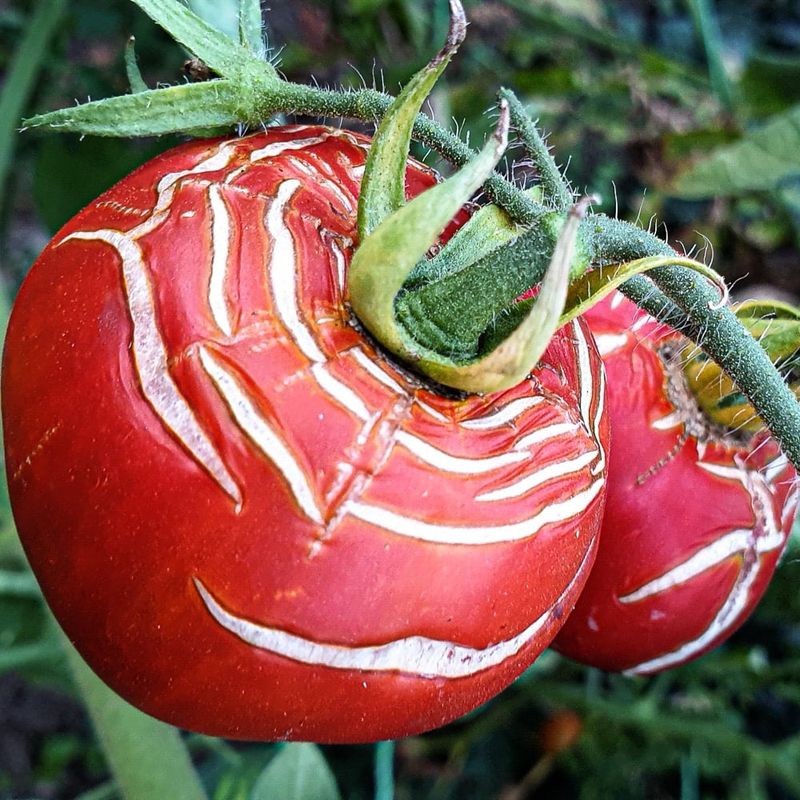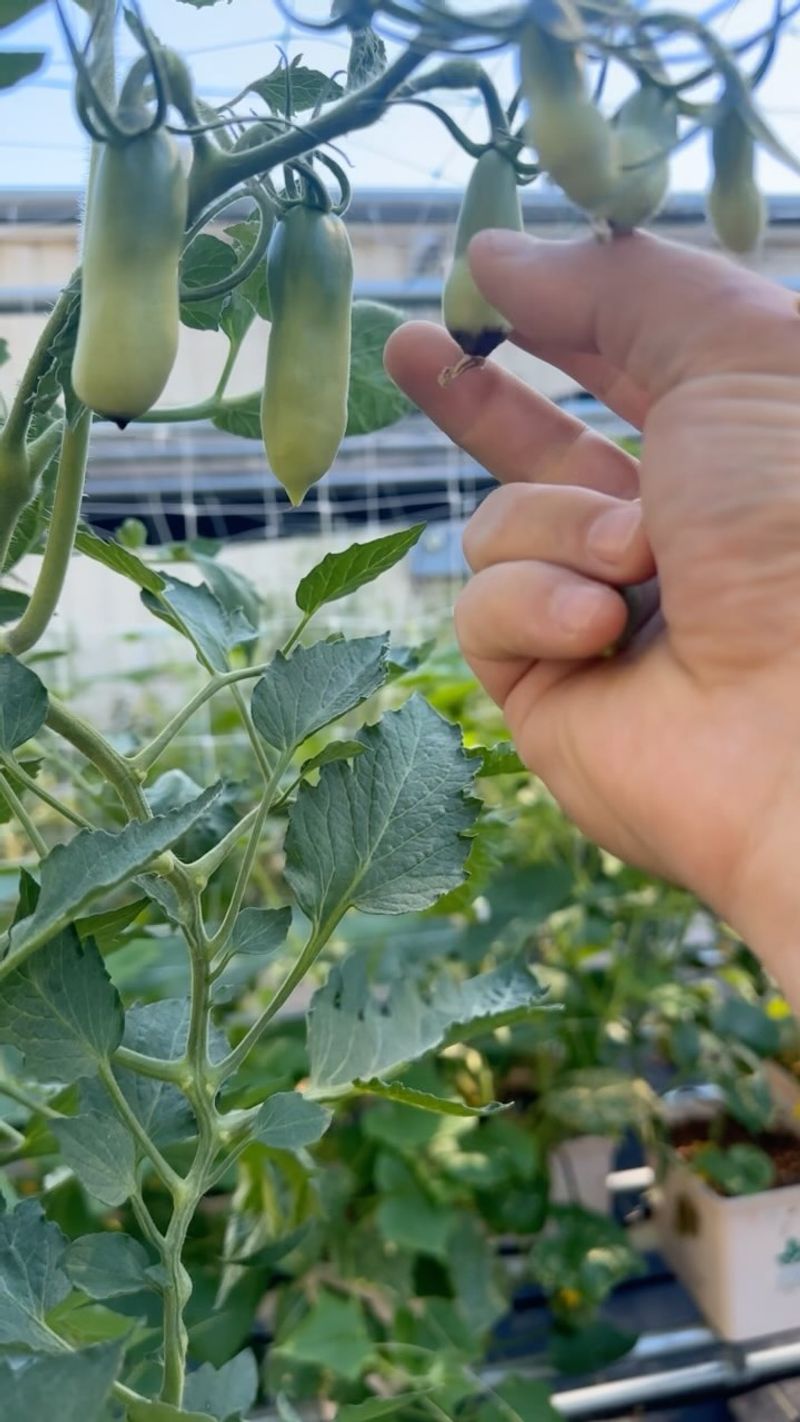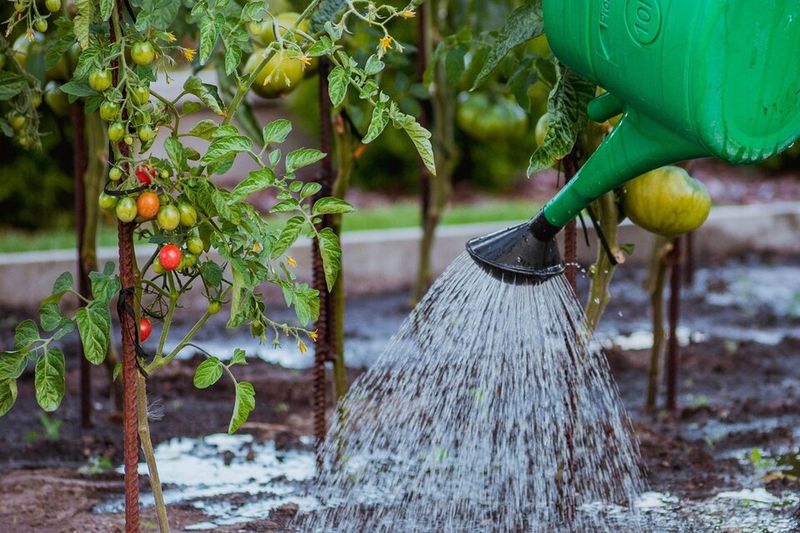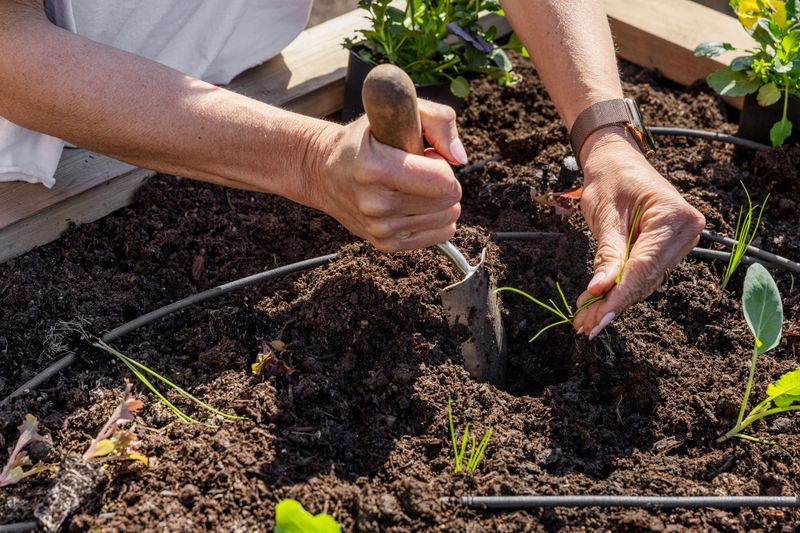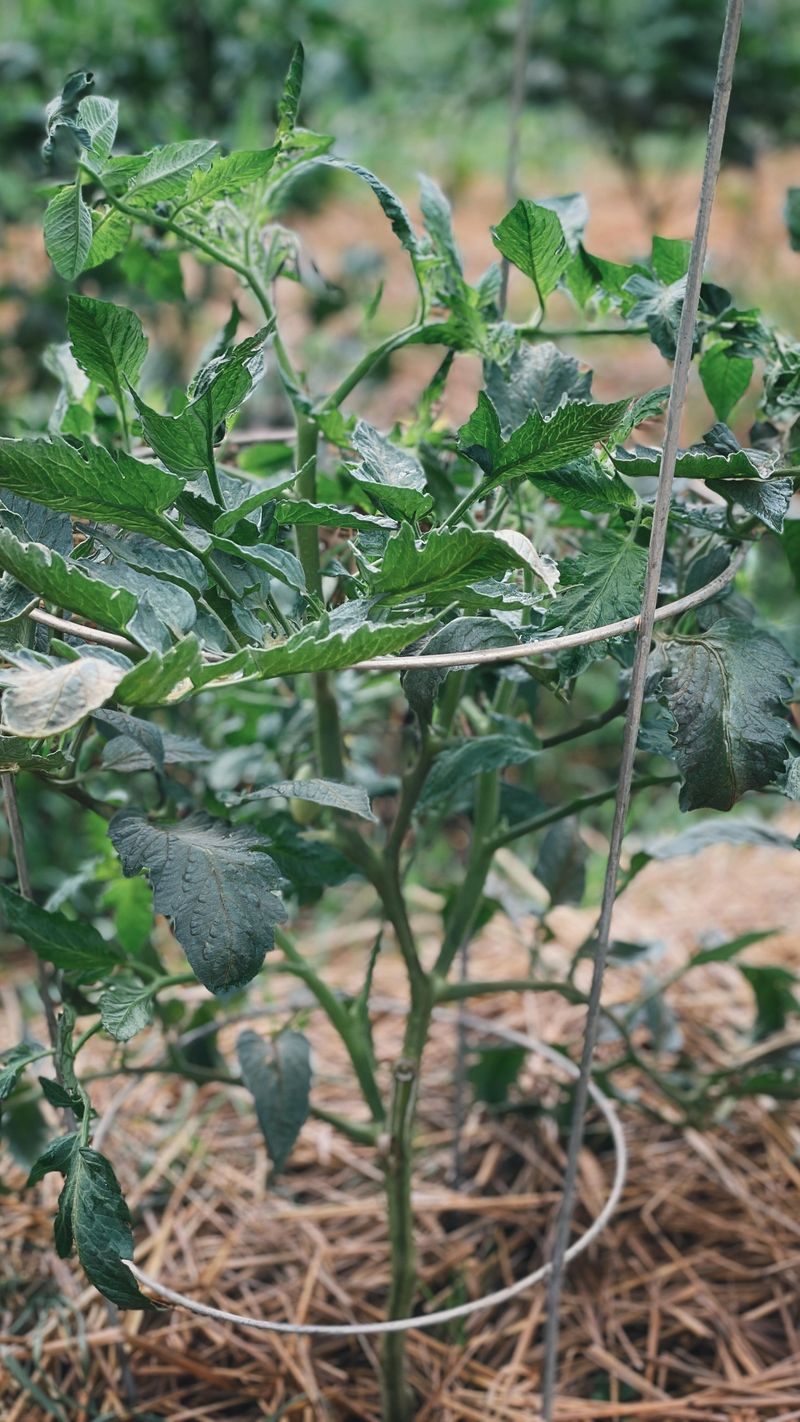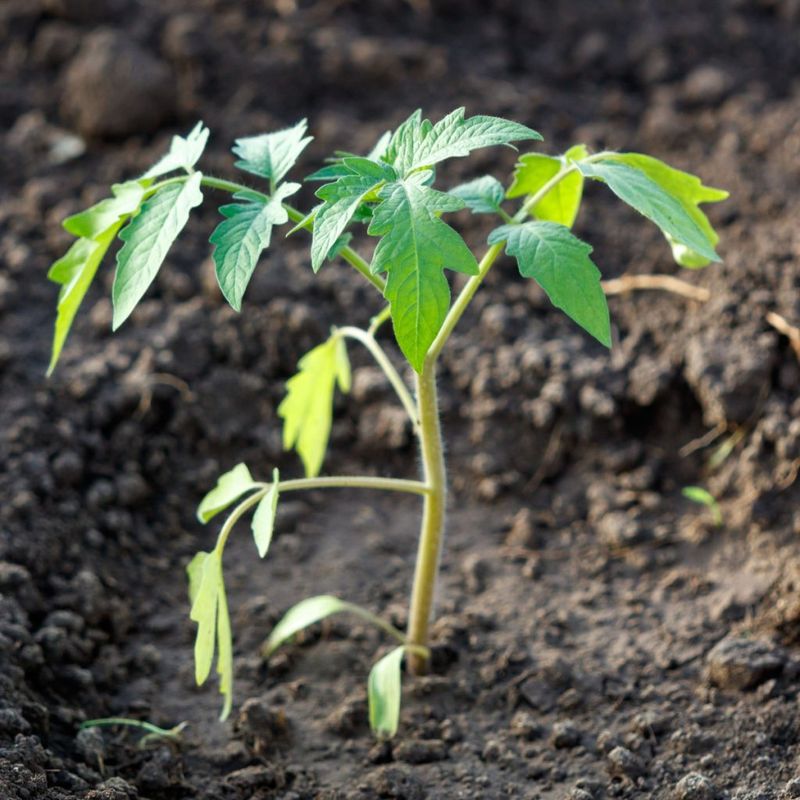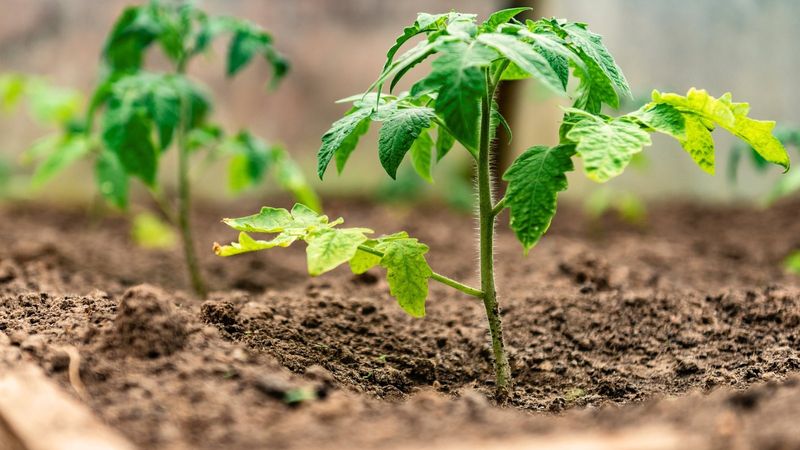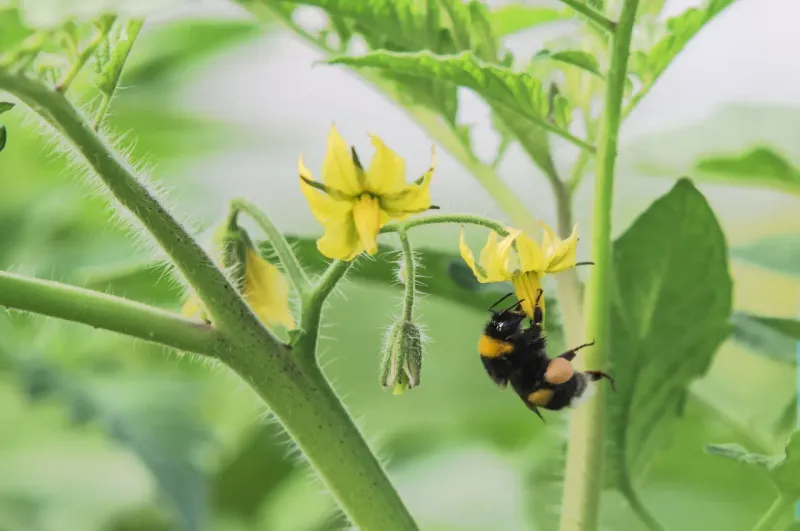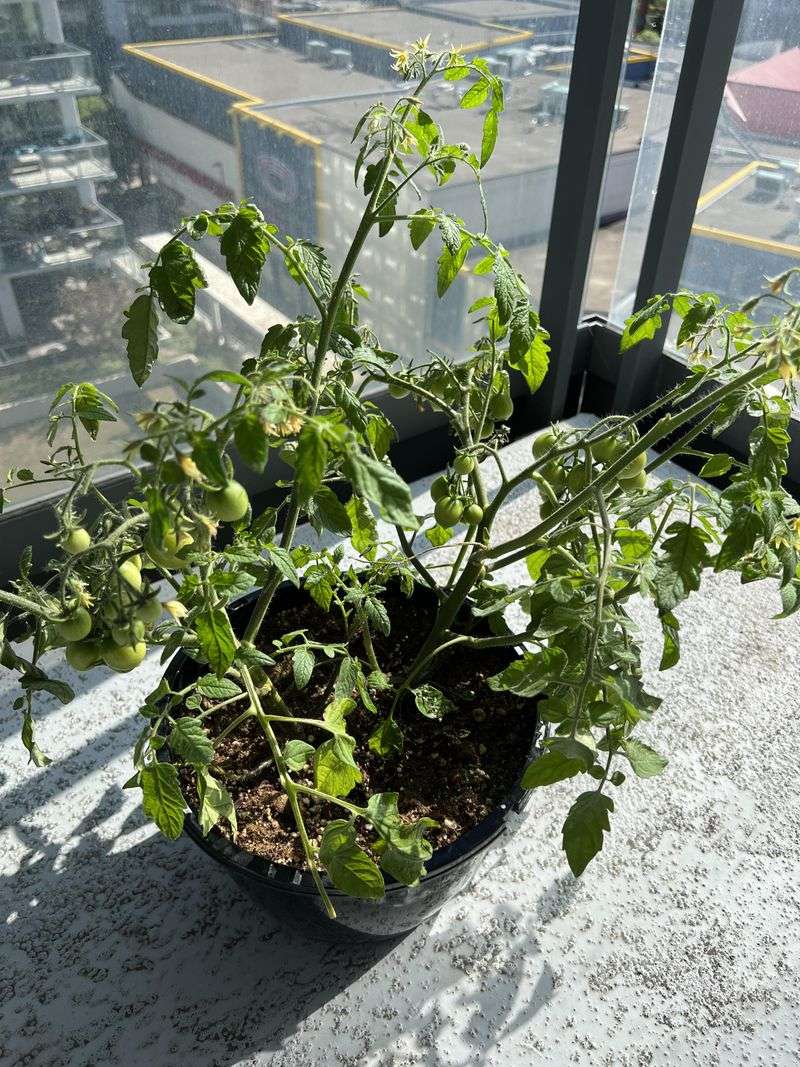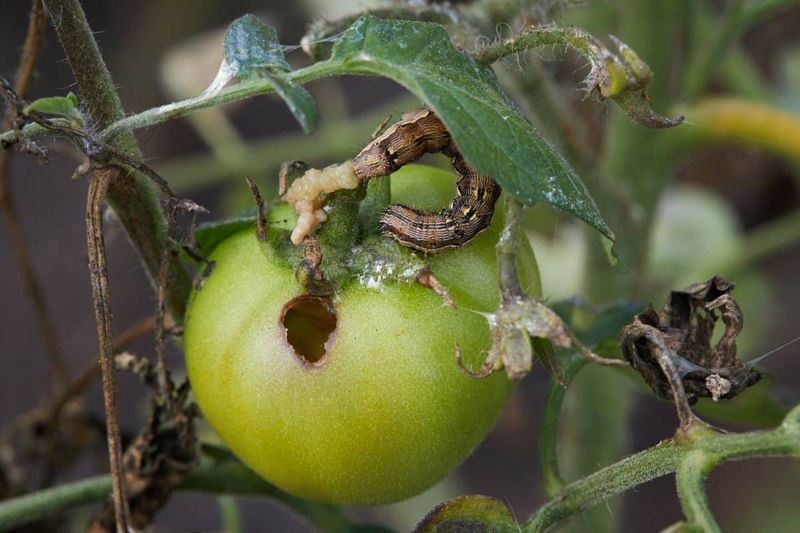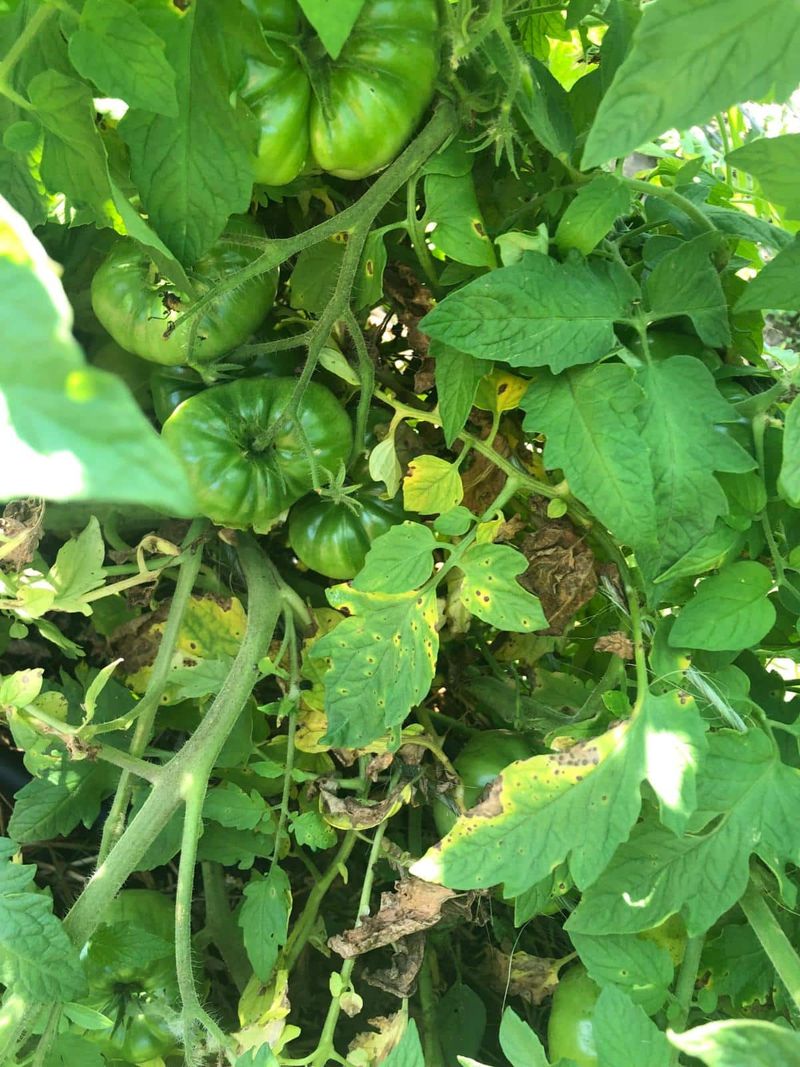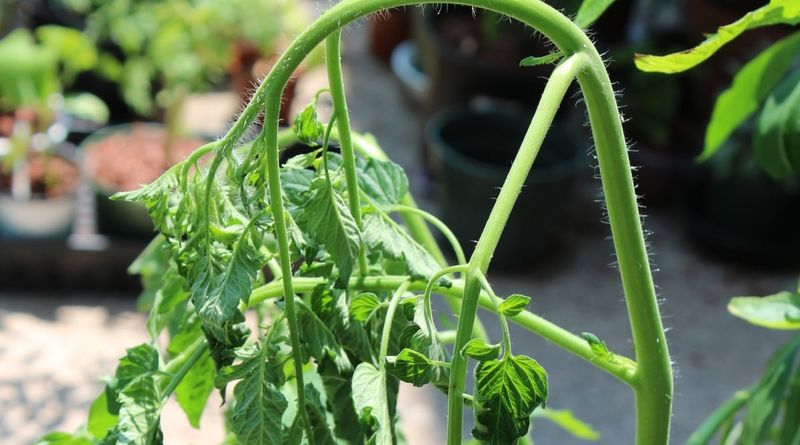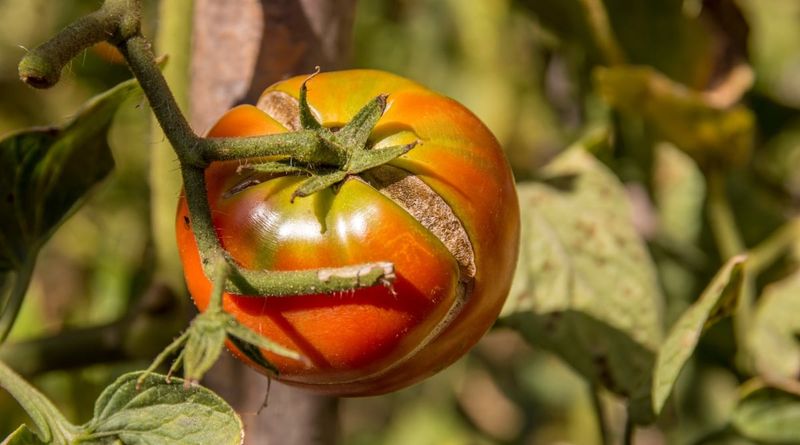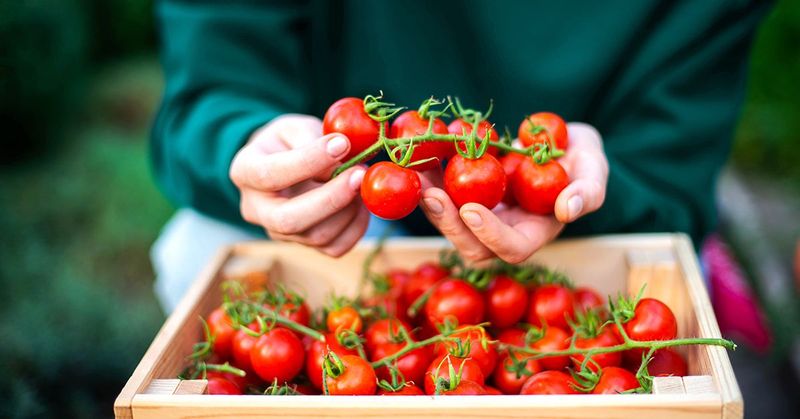Growing juicy, flavorful tomatoes takes more than just pouring water every day. I’ve seen plenty of gardeners fall into the trap of thinking that more water means better plants, but that’s not always true. Sometimes, daily watering can actually hold your tomato harvest back.
When I learned this the hard way, it changed how I care for my tomatoes completely. Overwatering can lead to weak roots and less tasty fruit, which is frustrating after all the effort you put in. Let’s dig into why skipping daily watering might be the key to a healthier, more productive tomato patch.
Finding the right watering balance makes all the difference between struggling plants and a bountiful harvest. By adjusting how and when you water, you’ll see your tomatoes thrive like never before. These smarter watering habits will help you get the most from your garden.
1. Shallow Root Development
Frequent light watering encourages tomato roots to stay near the surface instead of growing deep into the soil. This makes plants more vulnerable to drought and temperature fluctuations.
When roots grow shallow, they can’t access nutrients and moisture stored in deeper soil layers. Plants become dependent on your daily watering schedule. Water deeply once or twice weekly instead.
I switched to this method last summer and my plants developed stronger root systems that survived a two-week heatwave without wilting.
2. Increased Fungal Disease Risk
Wet foliage creates the perfect environment for fungal pathogens to thrive. Daily watering means leaves rarely have time to dry completely, especially if you’re watering from above.
Diseases like early blight and septoria leaf spot spread rapidly in consistently damp conditions. Once established, these fungi can devastate your entire tomato crop.
Water at the base of plants in the morning so foliage dries during the day. My neighbor lost half her tomatoes to leaf spot until she started using soaker hoses and morning-only watering.
3. Nutrient Leaching
Excessive watering washes away essential nutrients from the soil before plants can absorb them. This is especially true in containers or raised beds with good drainage.
When nutrients leach beyond the root zone, plants develop deficiencies despite your fertilizing efforts. Yellow leaves and poor fruit set often result from this invisible problem.
Apply water less frequently but more deeply, and consider slow-release fertilizers that won’t wash away easily. I’ve found that adding compost tea monthly helps maintain nutrient levels even with less frequent watering.
4. Oxygen-Deprived Roots
Constantly saturated soil pushes out air pockets that roots need for oxygen. Without sufficient oxygen, root cells can’t properly function or take up nutrients. Waterlogged roots turn brown and rot, leading to stunted growth above ground.
Your plants might look thirsty even though the soil is wet because damaged roots can’t absorb water effectively. Allow soil to dry until the top 1-2 inches feel slightly dry before watering again.
After adopting this approach, my tomato plants developed healthier white roots instead of the brown mushy ones I used to see.
5. Diluted Flavor Profile
Tomatoes that receive too much water develop a watery, bland taste. The excess moisture dilutes the sugars and flavor compounds that make homegrown tomatoes so delicious.
When fruits grow with consistent overwatering, they expand quickly but lack concentration of the compounds that create complex flavors. The result is often disappointingly tasteless tomatoes.
Slightly stress your plants by reducing water as fruits ripen. I started cutting back watering about two weeks before harvest and noticed my Romas had much more intense flavor than in previous years.
6. Cracked Fruit Skins
Daily watering creates erratic moisture levels that cause tomato skins to split and crack. This happens when plants take up water faster than the fruit can expand.
Cracked tomatoes not only look unappealing but become entry points for insects and diseases. Once cracking starts, those fruits rarely reach their full potential.
Maintain consistent soil moisture with mulch and regular, deep watering. The year I added a thick straw mulch layer around my plants, cracking decreased by about 80% even though I watered less often.
7. Blossom End Rot Promotion
Fluctuating moisture from daily light watering interferes with calcium uptake, leading to blossom end rot. Those dark, sunken spots on the bottom of tomatoes are a classic sign of this disorder.
Even if your soil has plenty of calcium, inconsistent watering prevents roots from accessing it properly. The problem worsens during fruit development when calcium demand is highest.
Water deeply and consistently on a schedule rather than daily. Since implementing a twice-weekly deep watering system, I haven’t seen blossom end rot in my garden for three seasons straight.
8. Wasted Water Resources
Daily shallow watering wastes precious water as much of it evaporates before reaching the roots. Surface moisture quickly disappears in hot weather, benefiting neither your plants nor your water bill.
This inefficient practice can use up to twice the water of strategic, targeted watering. Most of what you apply simply moistens the top inch of soil and then evaporates.
Use drip irrigation or soaker hoses that deliver water directly to the root zone. My water usage dropped by nearly 40% after switching from daily hand-watering to twice-weekly drip irrigation.
9. Soil Compaction Issues
Frequent watering compacts soil over time, making it difficult for roots to penetrate and grow. The constant wetting and drying cycle creates a hard crust on the surface.
Compacted soil restricts root growth and reduces the plant’s ability to find nutrients. It also limits water penetration, ironically making your plants thirstier despite frequent watering.
Mulch heavily and water less often but more deeply. I’ve found that 3 inches of straw mulch keeps my soil loose and receptive even with just weekly watering during summer.
10. Excessive Foliage Growth
Too much water promotes leafy green growth at the expense of fruit production. Plants focus energy on developing lush foliage rather than setting and ripening tomatoes.
This vegetative growth creates a dense canopy that blocks airflow and sunlight. While your plants might look impressively large, they’ll produce fewer fruits that take longer to ripen.
Reduce watering frequency once plants are established and flowering begins. When I started holding back water slightly during flowering, my plants shifted from growing more leaves to setting significantly more fruit.
11. Weakened Plant Resilience
Daily watering creates dependent plants that can’t handle stress or weather changes. Like overprotected children, these tomatoes never develop coping mechanisms for less-than-ideal conditions.
When unexpected heat waves or dry spells occur, pampered plants wilt dramatically while those watered less frequently stand strong. Their shallow roots and fragile systems simply can’t adapt.
Gradually extend time between waterings to train plants for resilience. Last season I stretched watering intervals by one day each week until my plants thrived with just twice-weekly deep irrigation.
12. Soil Bacteria Imbalance
Constantly wet soil disrupts the balance of beneficial soil microorganisms. Many helpful bacteria and fungi that support plant health need cycles of moist and drier conditions.
Without these beneficial microbes, plants become more susceptible to pathogens and less efficient at nutrient uptake. The natural underground ecosystem supporting your tomatoes becomes dysfunctional.
Allow soil to cycle through moist and slightly dry periods. Since implementing this practice, I’ve noticed healthier plants overall and significantly fewer issues with soil-borne diseases.
13. Reduced Pollination Success
Daily morning watering can interfere with pollination by washing away pollen or disrupting visiting insects. Tomato flowers need dry conditions for optimal pollen transfer. When flowers are consistently wet, pollen becomes sticky and less viable.
Additionally, many pollinators avoid visiting damp flowers, further reducing fruit set. Water in the evening or early morning before flowers open fully.
My tomato pollination improved dramatically when I started watering at the base of plants in the evening instead of spraying the entire plant each morning.
14. Poor Fruit Setting
Excessive water during flowering disrupts the hormonal balance needed for proper fruit formation. Tomato plants need slight stress to trigger the shift from flowering to fruit development.
With too much water, flowers might appear plentiful but fail to develop into fruits. The plant focuses on producing more flowers rather than supporting existing ones through fruit development.
Reduce watering frequency slightly when flowers appear. I’ve found that cutting back to every third day during flowering increased my fruit set by nearly 30% compared to daily watering.
15. Increased Pest Attraction
Consistently moist soil and foliage create ideal conditions for pests like slugs, snails, and certain insects. These pests thrive in humid environments created by daily watering.
Soft, water-filled growth is more appealing and easier for pests to feed on. Additionally, some insects lay eggs in moist soil, creating ongoing pest pressure throughout the season. Allow the soil surface to dry between waterings to break pest life cycles.
After switching to twice-weekly deep watering, I noticed a significant reduction in slug damage that had plagued my garden for years.
16. Weed Proliferation
Daily watering creates perfect conditions for weed seeds to germinate and thrive alongside your tomatoes. Consistent moisture at the soil surface is exactly what weed seeds need to sprout.
These unwanted plants compete with your tomatoes for nutrients, water, and sunlight. The more frequently you water, the more weeding you’ll need to do throughout the season. Water deeply but less often, and use targeted irrigation like drip lines under mulch.
My weed problems decreased by about 60% when I switched from daily overhead watering to twice-weekly drip irrigation under straw mulch.
17. Root Disease Vulnerability
Saturated soil creates perfect conditions for root diseases like Pythium and Phytophthora. These pathogens swim through water to infect plant roots and can quickly destroy entire plants.
Once established, these soil-borne diseases are difficult to eliminate and can persist for years. Many gardeners unknowingly spread them by overwatering year after year. Water less frequently and ensure good drainage in beds.
After losing several plants to root rot, I rebuilt my beds with better drainage and cut watering to twice weekly, completely eliminating the problem the following season.
18. Inconsistent Ripening Patterns
Daily watering leads to erratic ripening where some tomatoes mature while others remain stubbornly green. The inconsistent moisture levels confuse the plant’s natural ripening hormones.
This staggered ripening makes harvesting inefficient and often results in some fruits never reaching maturity before frost. The quality of ripening is also affected, with unevenly colored or blotchy tomatoes.
Taper watering as fruits begin to ripen for more uniform maturation. I’ve found that reducing to once-weekly deep watering during ripening gives me harvests where 80% of fruits ripen within the same week.
19. Reduced Vitamin Content
Overwatered tomatoes contain fewer vitamins and antioxidants than properly watered ones. The excess water dilutes not just flavor but also nutritional content.
Studies show that slight water stress actually increases beneficial compounds in tomatoes as a natural defense mechanism. Daily watering prevents this beneficial stress from occurring.
Implement controlled deficit irrigation as fruits develop. My family noticed not just better flavor but also deeper color in our tomatoes after I reduced watering to every 4-5 days during ripening.

